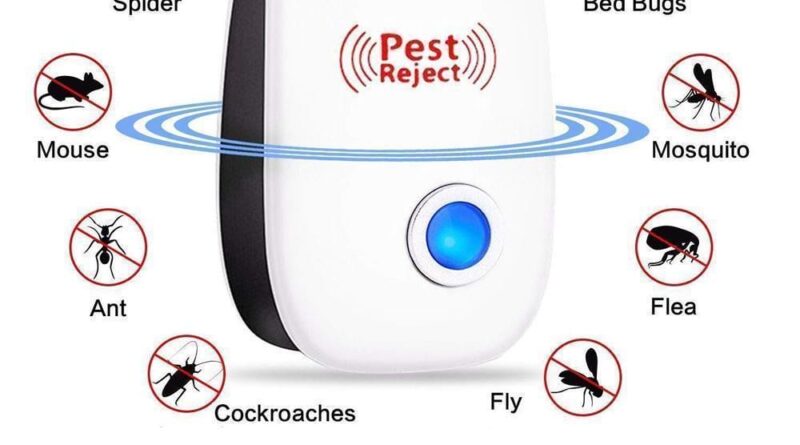Ultrasonic Insects: A Symphony Of Unheard Melodies
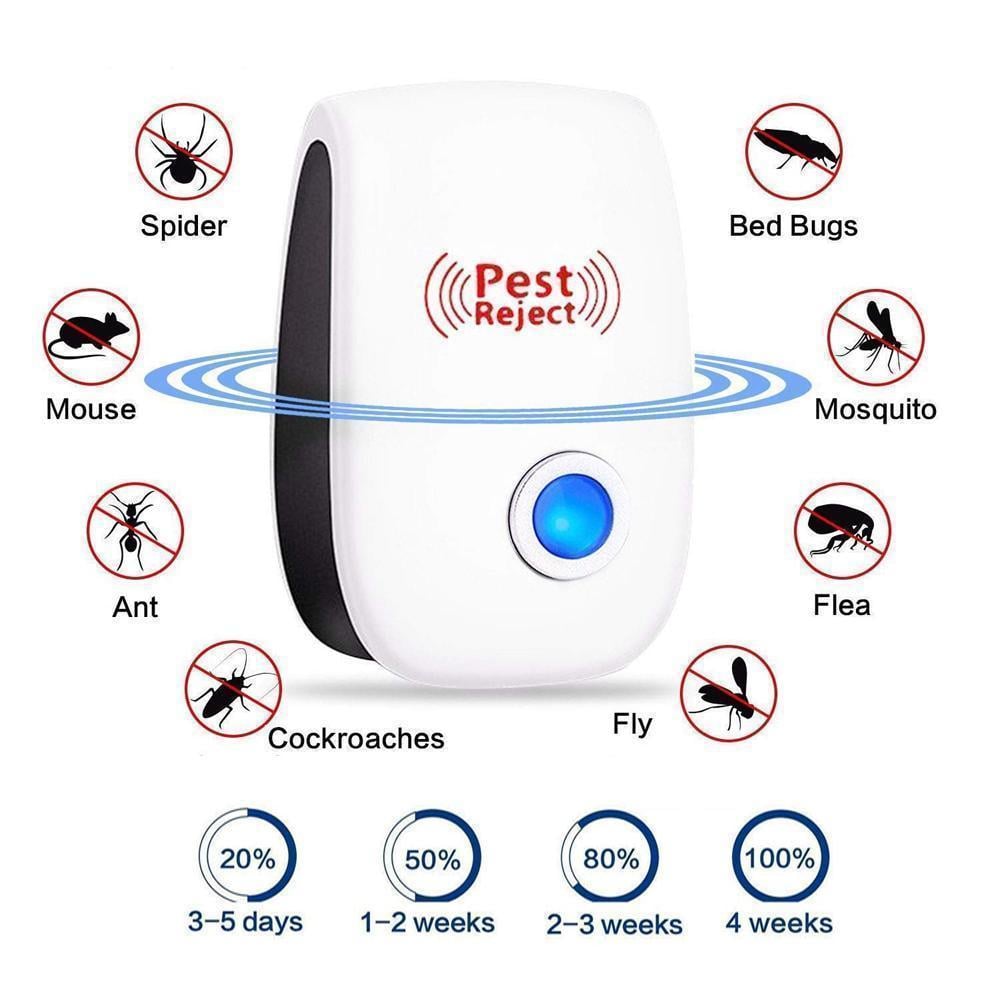
Ultrasonic Insects: A Symphony of Unheard Melodies
In the vast tapestry of nature, insects play a vital role as pollinators, decomposers, and a crucial link in the food chain. However, beyond their visible presence, these tiny creatures possess a hidden realm of communication that operates at frequencies far beyond human hearing: the world of ultrasonic insects.
The Ultrasonic Spectrum
Ultrasound refers to sound waves with frequencies above the human hearing range, typically above 20,000 hertz (Hz). While humans cannot perceive these high-pitched sounds, many insects have evolved the ability to produce and detect them. This ultrasonic spectrum opens up a whole new dimension of communication and sensory perception for these creatures.
Ultrasonic Communication
One of the most fascinating aspects of ultrasonic insects is their use of these high-frequency sounds for communication. By emitting ultrasonic pulses, insects can convey a wide range of information, including:
- Courtship and mating: Male insects often produce ultrasonic songs to attract females. These songs can vary in pitch, duration, and complexity, depending on the species.
- Territorial defense: Some insects use ultrasonic signals to establish and defend their territories. By emitting these sounds, they warn other insects to stay away.
- Predator avoidance: Certain insects, such as moths, emit ultrasonic clicks when they detect predators. These clicks can startle or confuse the predator, giving the moth a chance to escape.
- Social interactions: Ultrasonic signals can also be used for social coordination within insect colonies. For example, honeybees use ultrasonic pulses to communicate with each other during swarming and foraging.
Ultrasonic Sensing
In addition to communication, ultrasonic waves also play a crucial role in insect sensory perception. Many insects have specialized structures, such as antennae or tympanal organs, that allow them to detect and interpret ultrasonic sounds. These sensory capabilities enable insects to:
- Detect prey: Some predatory insects, such as bats and owls, use ultrasonic echolocation to locate and capture their prey. By emitting ultrasonic pulses and listening for the echoes, they can create a detailed mental map of their surroundings.
- Avoid predators: Insects can also use ultrasonic signals to detect the presence of predators. For example, certain moths have evolved ultrasonic hearing to avoid being eaten by bats.
- Navigate and orient: Some insects, such as crickets, use ultrasonic signals to navigate and orient themselves in their environment. By detecting the echoes of their own ultrasonic pulses, they can determine their distance from objects and obstacles.
Examples of Ultrasonic Insects
The diversity of ultrasonic insects is vast, with representatives from almost every insect order. Some notable examples include:
- Moths: Many species of moths produce ultrasonic clicks to deter predators, such as bats.
- Crickets: Crickets use ultrasonic chirps for courtship and territorial defense.
- Bees: Honeybees emit ultrasonic pulses during swarming and foraging to communicate with each other.
- Bats: Bats are well-known for their use of ultrasonic echolocation to navigate and hunt in the dark.
- Owls: Owls also use ultrasonic echolocation to locate prey in low-light conditions.
Ecological Significance
Ultrasonic insects play a significant role in various ecological processes. Their ultrasonic communication and sensing capabilities enable them to interact with their environment in unique ways. For example:
- Pollination: Ultrasonic signals can attract pollinators to flowers, facilitating plant reproduction.
- Pest control: Ultrasonic devices can be used to repel or control insect pests, reducing the need for chemical pesticides.
- Ecosystem monitoring: Ultrasonic insect sounds can be used as an indicator of ecosystem health and biodiversity.
Research and Applications
The study of ultrasonic insects has opened up new avenues for scientific research and technological applications. Researchers are investigating the mechanisms of ultrasonic production and detection in insects, as well as the ecological and evolutionary implications of these abilities.
Some practical applications of ultrasonic insect research include:
- Pest management: Ultrasonic devices can be used to repel or control insect pests in agricultural settings, reducing crop damage and the need for chemical pesticides.
- Medical diagnostics: Ultrasonic insect sounds can be used to detect and diagnose certain medical conditions, such as malaria and dengue fever.
- Biomimicry: The principles of ultrasonic insect communication and sensing have inspired the development of new technologies, such as ultrasonic sensors and communication systems.
Conclusion
Ultrasonic insects represent a hidden world of communication and sensory perception that is beyond the reach of human hearing. Their ability to produce and detect high-frequency sounds has profound implications for their ecology, behavior, and interactions with the environment. By studying these fascinating creatures, we gain a deeper understanding of the intricate tapestry of life on Earth and the potential for technological advancements inspired by nature.
5 Best Ultrasonic Insect Repellents
Ultrasonic insect repellents are a safe and effective way to keep pests away from your home and family. These devices emit high-frequency sound waves that are inaudible to humans and pets, but they are very effective at deterring insects.
Here are five of the best ultrasonic insect repellents on the market:
1. Pest Control Ultrasonic Repellent
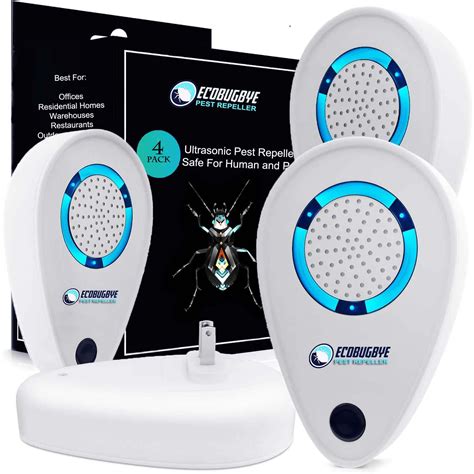
This ultrasonic insect repellent is one of the most popular on the market, and for good reason. It is effective against a wide range of insects, including mosquitoes, flies, ants, and roaches. The Pest Control Ultrasonic Repellent is also very easy to use. Simply plug it into an outlet and it will start working immediately.
2. Ultrasonic Pest Repeller
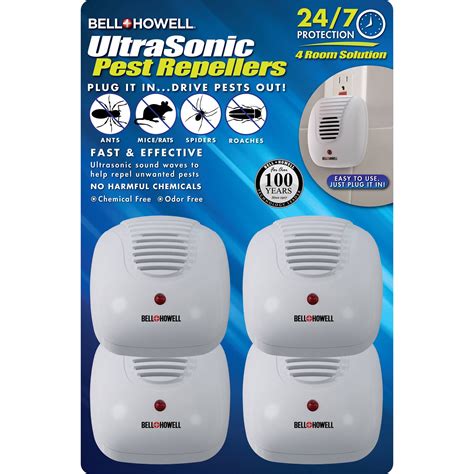
This ultrasonic insect repellent is another great option for keeping pests away from your home. It is effective against a wide range of insects, including mosquitoes, flies, ants, and roaches. The Ultrasonic Pest Repeller is also very affordable, making it a great value for your money.
3. Electronic Pest Repeller
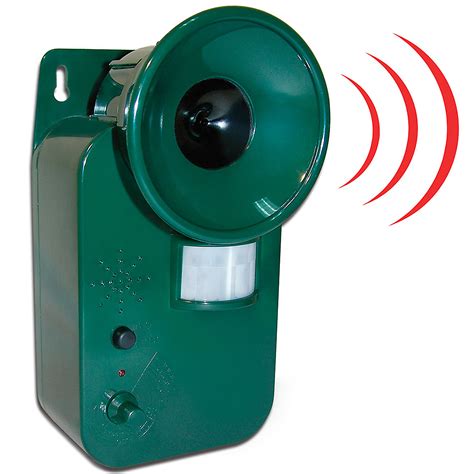
This electronic pest repellent is a great choice for people who are looking for a more powerful option. It emits high-frequency sound waves that are effective against a wide range of insects, including mosquitoes, flies, ants, and roaches. The Electronic Pest Repeller is also very easy to use. Simply plug it into an outlet and it will start working immediately.
4. Ultrasonic Insect Repellent
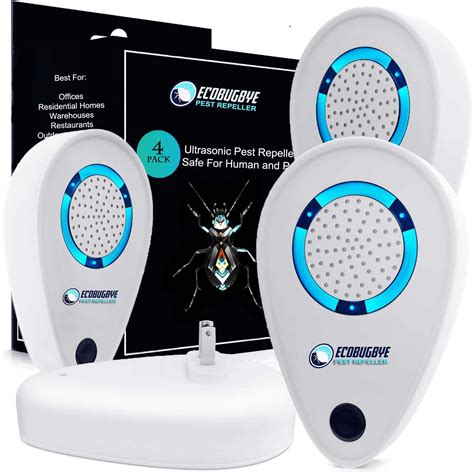
This ultrasonic insect repellent is a great choice for people who are looking for a portable option. It is small and lightweight, making it easy to take with you wherever you go. The Ultrasonic Insect Repellent is also very effective against a wide range of insects, including mosquitoes, flies, ants, and roaches.
5. Ultrasonic Pest Control
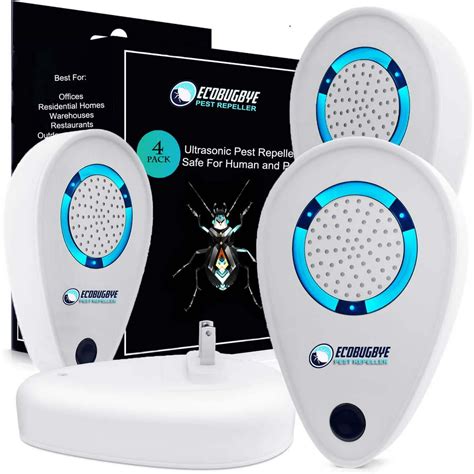
This ultrasonic pest control is a great choice for people who are looking for a powerful and effective option. It emits high-frequency sound waves that are effective against a wide range of insects, including mosquitoes, flies, ants, and roaches. The Ultrasonic Pest Control is also very easy to use. Simply plug it into an outlet and it will start working immediately.
